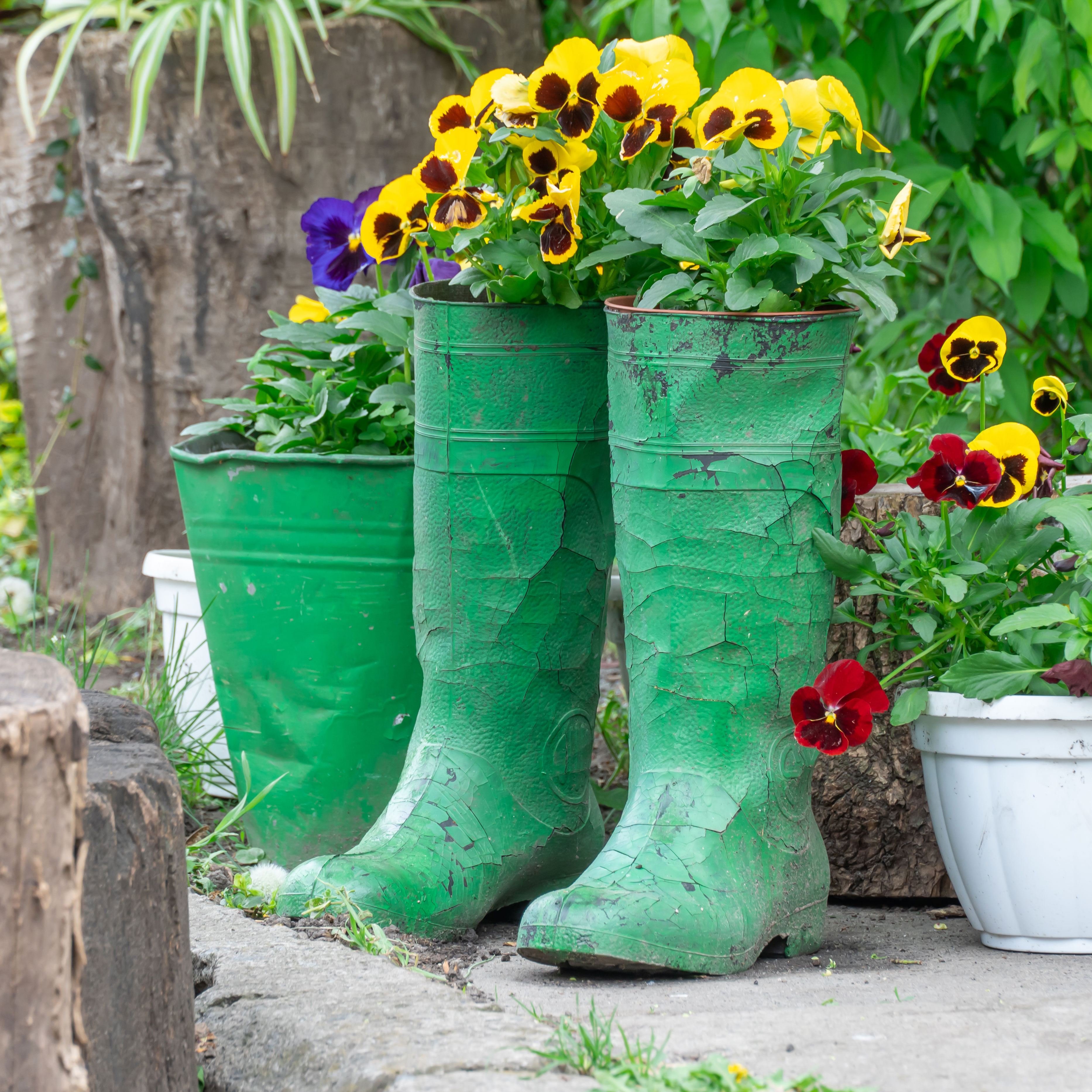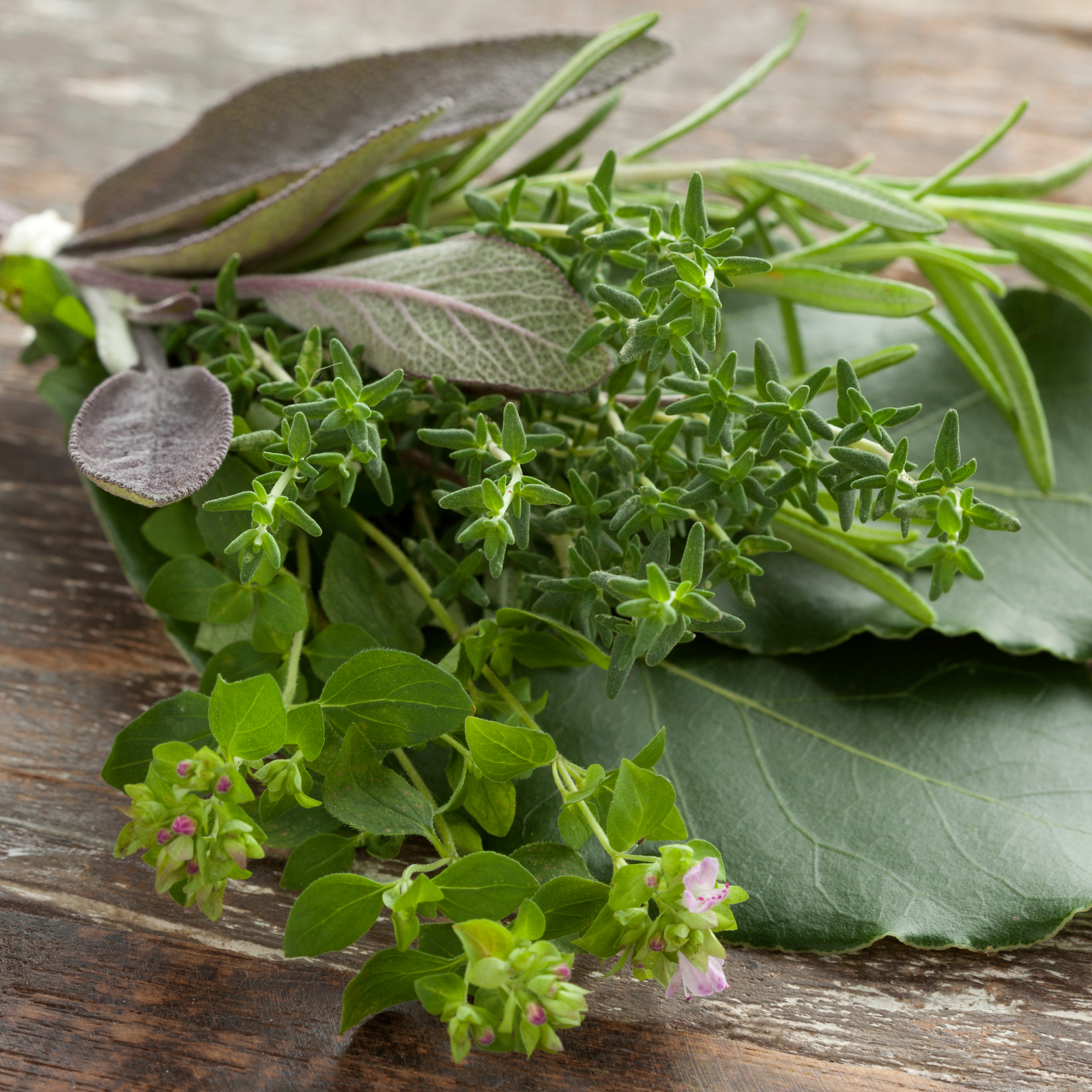History Of Banana Melons

Imagine you could blow a banana up like a balloon so that it got a longer and much, much plumper. That's what a ripe banana melon looks like. This ancient variety is both a fascinating novelty in your garden and also a luscious fruit.
Heirloom Melon Information
If you happen to spend your spare time reading old seed catalogues, you'll be familiar with banana melons. This fruit was listed in almost all seed catalogues that were published before 1900. That says a lot about the long history of banana melons in this country. And banana melons were popular, the banana melon plants in demand. According to the 1885 James J. H. Gregory seed annual, the banana melon made a great splash at the Essex Agricultural Society in the fall of 1883. Banana melon (Cucumis melo 'Banana Melon') is a solid fruit that looks a little like squash. Each fruit weighs between 5 and 10 pounds and grows to 24 inches long. The skin is yellow with an inside about the shade of a cantaloupe, spicy and sweet at the same time. Eat this fruit fresh off the vine for the most pleasure.
Growing Banana Melons
Reserve a warm, protected spot in your garden for growing banana melons. Banana melons grow best when temperatures are over 68 degrees Fahrenheit (20 C.). This fruit prefers rich soil and takes a lot of nutrients from the soil. You should either add fertilizer or blend in organic compost before planting. Plant your seeds outside in the garden after the last spring frost. Be sure that all danger of frost has passed before planting. Alternatively, start them inside a month or so before the projected final frost. Place each banana melon seed ½ to 1 inch deep in the soil. For every plant you intend to grow, sow two or three seeds. Watch them as they grow to determine which is strongest, then weed out the weaker seedlings. Space the keeper seedlings a foot or more apart. Expect to see shoots appear in 4 to 10 days from when you plant them. You'll then have to wait another three months for the fruit to grow and mature.
Gardening tips, videos, info and more delivered right to your inbox!
Sign up for the Gardening Know How newsletter today and receive a free copy of our e-book "How to Grow Delicious Tomatoes".

Teo Spengler is a master gardener and a docent at the San Francisco Botanical Garden, where she hosts public tours. She has studied horticulture and written about nature, trees, plants, and gardening for more than two decades. Her extended family includes some 30 houseplants and hundreds of outdoor plants, including 250 trees, which are her main passion. Spengler currently splits her life between San Francisco and the French Basque Country, though she was raised in Alaska, giving her experience of gardening in a range of climates.
-
 Creative Ideas For Plant Containers: 7 Ways To Save Money And Add Charm To A Garden
Creative Ideas For Plant Containers: 7 Ways To Save Money And Add Charm To A GardenIf you are looking for great ways to add personality to your container gardening – and even save yourself some money – then try these creative ideas for plant containers
By Mary Ellen Ellis
-
 How To Make A Bouquet Garni Or Herb Bundle For Cooking
How To Make A Bouquet Garni Or Herb Bundle For CookingIf you’re a great cook, you may have made an herb bundle before. If this is a new idea, learn how to add sparkle and interest to your dish with a bouquet garni.
By Amy Grant